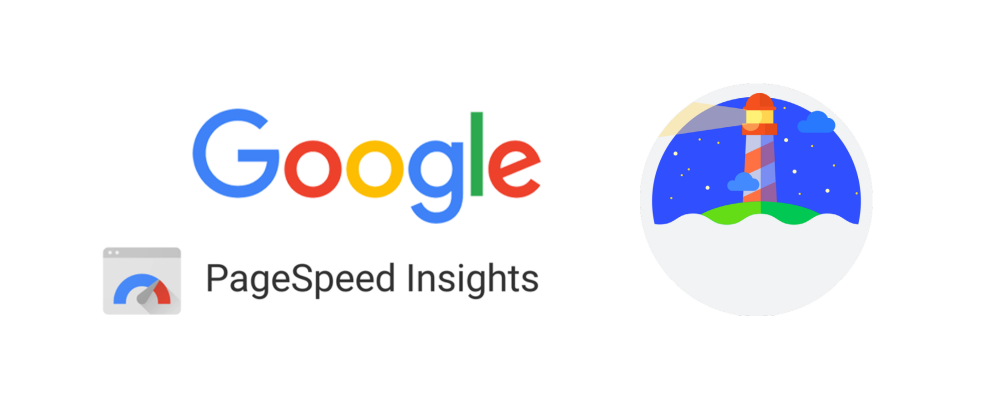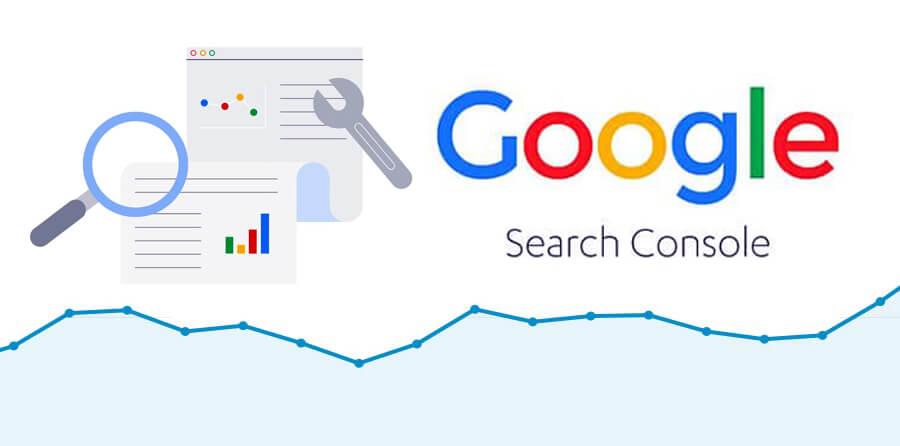
SEO for Surgeons: Updated SEO Strategies for Doctors
Is SEO an Effective Customer Acquisition and Patient Conversion Strategy for Aesthetic Centers and Plastic …
SEO -
15/08/2023 -
9 dk okuma
Stay up to date with Peakers
Search engine optimization (SEO) is one of the most essential Growth marketing tools that increase the digital visibility of brands.
Like SEO, the most important thing in all other digital marketing tools is the roadmap. Without a roadmap, your project and therefore your goals will fail. But if you have a roadmap; you can follow your optimization efforts more closely and prioritize your work according to the order of importance.
Enter your email and get instant access to expert SEO strategies!
Time and cost have been influential in all ages with the needs of life. In the current digital age, the better you evaluate the requirements of the age and at the same time the returns, the faster you can reach your business goals.
Search Engine Optimization (SEO) is a series of technical studies that work to increase the organic conversions of your business in search engines such as Google, Bing or Yandex.
Increases in quality scores in SEO, along with positively affecting the organic traffic results of your website; can provide turnover increases in your business.
SEO Analysis, on the other hand, allows you to evaluate all results such as whether your website meets the criteria of search engines (technical, content, on-site and off-site).

We have emphasized above the importance of doing SEO analysis correctly and drawing a roadmap as a result. As Digipeak’s SEO department, we comprehensively examine the problems on your site in order to improve your business’s web visibility and increase your sales.
So how is SEO analysis done? Which tools are used when analyzing SEO?
Here we go…
Setting goals is very important for SEO. In the analysis phase, website goals should be clearly revealed. The best thing you can do in this regard is to tell the expert you work with or aim to work with about your business and explain your goals.
With the determination of the goals, some data on how to act in optimization studies can be put forward. What we should not forget here is that you should be realistic and follow-up while acting in line with the steps determined in SEO studies. Compared to some digital marketing tools, SEO requires step-by-step monitoring of the algorithm, which requires time and updates itself every day.
As a Digipeak SEO agency, we closely follow the digital world that updates and develops itself every day, and we produce the most appropriate strategies for you.
We always look at SEO from four sides. These are:
We can classify it as when starting the website analysis, you need to analyze the current situation. So how do we analyze the current situation?
Take Advantage of Automation with Artificial Intelligence!
How can you use your time more efficiently? Artificial intelligence saves you time by automating repetitive tasks. Learn how you can leverage AI to accelerate your business processes.
Regardless of whether it is e-commerce SEO or corporate SEO, each website should have its own meta title and meta description. However, these titles and descriptions should attract users to the website and contribute to organic conversion.
At the same time, website URLs should be designed in accordance with search engine rules. Ensure it does not contain NON-ASCII characters or uppercase and lowercase letters.
Is Your E-Commerce Website Raking in Traffic but No Leads/Sales?
Get a Free Conversion Analysis Audit now!
Let's evaluate together how you can capture the attention of your target audience more effectively. The goal is to increase conversion rates ! Fill out the form now and get your free analysis report!
Examine the on-site link building. Check where the links come from and where they go, i.e., the direction of internal and external links. Thus, you can better understand the dofollow and nofollow link setup within the site.
Examine the background JavaScript and CSS files that the site has and that get it in front of the user. In such cases, you may come across some obstacles, such as website infrastructure, but don’t worry! Contact us for the best SEO consulting.
From the home page to the categories, from the categories to the product or blog page, look at the size of the images that all pages have. We also recommend you examine the image alt texts that enable you to appear in image search.
Site speed is one of the technical SEO processes that most support a website’s ability to rank highly in search results. The better the site speed, the better the user experience (UX) rates can increase.
It is very important that your home page content, service page content, or blog content is original and informative and does not mislead users. For this reason, in addition to examining the plagiarism rates in the content on these pages, you should also pay attention to the timeliness and link quality of your content.
These are not enough items for a complete SEO analysis, and in addition to analyzing for SEO, the roadmapping process we mentioned at the top is one of the most powerful stages.
In order to get the best efficiency from SEO optimizations, you should proceed step by step with the right steps. For this, you can start creating a roadmap according to the 4 elements we have divided SEO into. The key point here is that the optimization work to be done is designed in order of importance.
Goals were set, and the current situation was analyzed. As a result, you can start to produce strategies for new conversion targets and plan what needs to be done to achieve the goals at this stage.
At the same time, at this stage; In addition to technical SEO operations or on-site operations, you can also check backlink outputs, create backlink studies, or create content strategies that will be good for site health.
After planning all stages, an estimated timeframe is determined for the studies based on the order of importance and the changes required by the algorithm. However, estimated times can be determined for the targets in the studies, as well as the success outputs at the point of achieving the results.

It is important to examine organic conversion data and ensure continuity in technical processes according to the data. Therefore, as SEO consultants, we follow the status of your websites day by day, examine the increases and decreases, learn the reasons, and improve the results.
There are many paid and free tools that you can use when analyzing SEO. At the same time, which of these tools is most commonly used for what? Which outputs can I get? You can also find answers to your questions below. Here are some SEO analysis tools:

Screaming Frog is a crawling tool with extensive crawling statistics similar to those of other SEO tools, maybe even more. While it allows you to crawl many topics such as website urls, internal links, external links, images, tags, and schema structures, you can also connect with tools such as Google Search Console, Pagespeed Insight, or Google Analytics.

Ahrefs is one of the tools that allows you to perform many analyses, such as competitor analysis, keyword analysis, backlink analysis, or traffic analysis. At the same time, by registering your website on Ahrefs, you can have your site’s health scanned regularly by Ahrefs bots.

Similar to other tools, Semrush can be used for keyword analysis, site crawling, backlink analysis, and competitor analysis. You can also track the position of your target keywords.

Page Speed Insight is one of the best tools you can use to perform first-hand speed tests on Google for free. Due to its interface, it can show the main situations in Core Web Vitals data as well as allow you to debug speed problems on your site based on the results of certain scores.

Google Search Console is one of the best and most free tools on Google. Why? Because it can show you the problems that Google bots encounter every time they crawl your website while keeping a close eye on your website status, as well as counting your clicks and impressions in SERP results.

Google Analytics, just like GSC, is another Google tool that keeps a close eye on your website. Unlike Search Console, you can see all the traffic to your website and create filters for it.
You can see many things about countries, devices, or user movements through Google Analytics. With different filtering methods, you can classify the conversions on the site differently.
The number of tools that can be used in SEO analysis is quite high. If we look at other major tools other than the ones we have given above:
We can count them as such.
In addition to all these applications, there is one issue that applies to all SEO and other digital marketing tools, which is definitely regular competitor analysis.
No matter which digital marketing field you are in, examining and closely following your potential competitors is as important as your own operations. If your traffic or rankings are dropping, someone is getting ahead of you. Therefore, you should always be ready and follow developments closely.
Get an Offer


Join Us So You Don't
Miss Out on Digital Marketing News!
Join the Digipeak Newsletter.
Related Posts

Is SEO an Effective Customer Acquisition and Patient Conversion Strategy for Aesthetic Centers and Plastic …

When it comes to digital marketing, especially SEO, we can say that new concepts and …

If you're reading this article, chances are you've recently been "banned by Google" This situation …

Have you noticed a sudden drop in your website's traffic? Seeing your organic traffic decline …